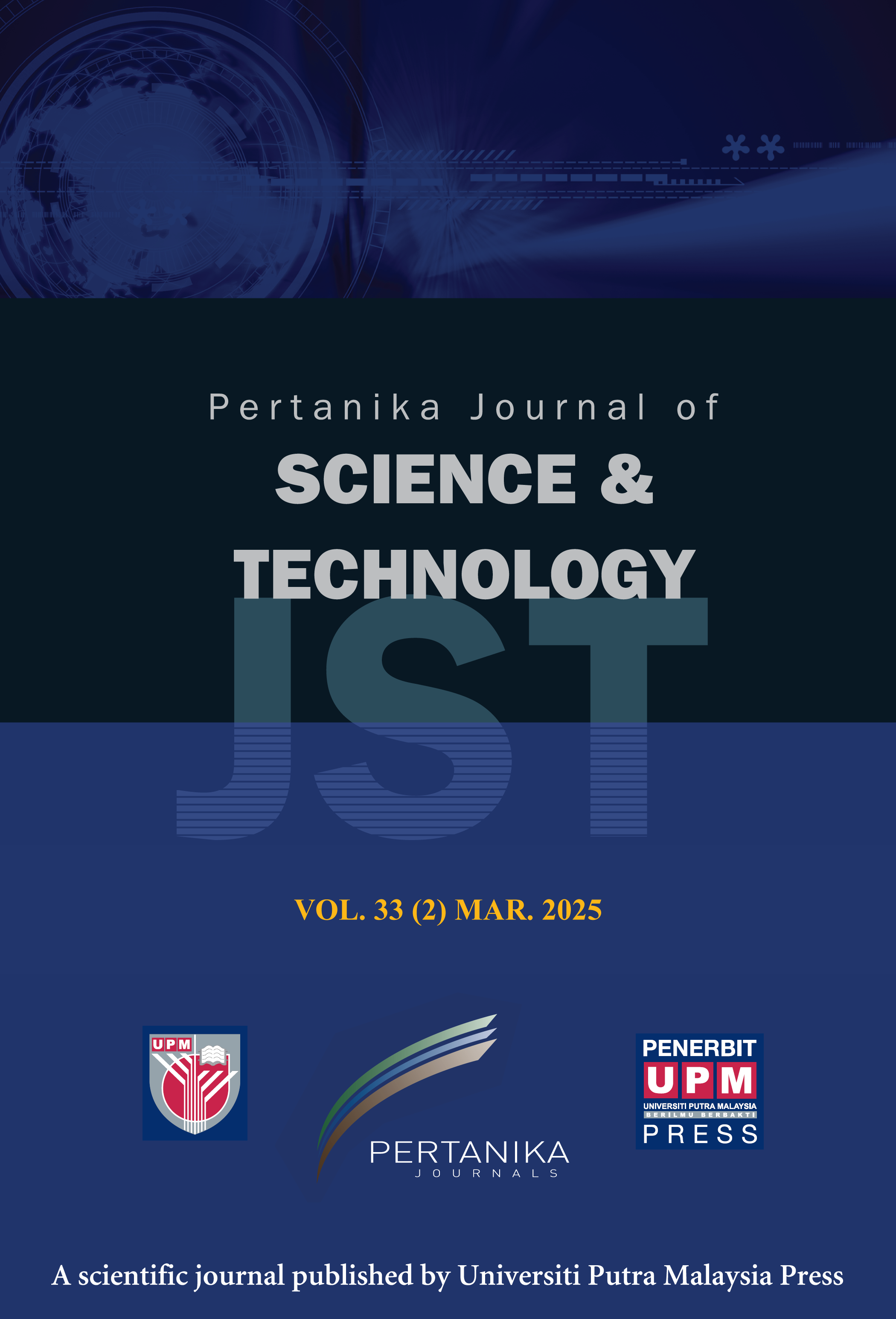PERTANIKA JOURNAL OF SCIENCE AND TECHNOLOGY
e-ISSN 2231-8526
ISSN 0128-7680
Credit Card Fraud Detection Using Machine Learning and Deep Learning Techniques: A Review
Shuchita Sheokand and Sunita Beniwal
Pertanika Journal of Science & Technology, Pre-Press
DOI: https://doi.org/10.47836/pjst.33.6.11
Keywords: Clustering, credit card fraud detection, deep learning, machine learning, optimization
Published: 2025-10-08
Credit cards are becoming increasingly common worldwide due to the growing demand for online payments and shopping, resulting in a rise in credit card usage. Consequently, several opportunities may arise for fraudsters to cause scams. A credit card fraud detection (CCFD) system needs to be established, which alerts banking organizations when fraudulent activities occur. Many machine learning (ML) and deep learning (DL) models have been proposed by researchers to detect credit card fraud. In this survey, work done on CCFD has been reviewed. Analyzing the papers provides insight into the challenges associated with CCFD, such as class imbalance and the performance of various ML and DL techniques in detecting fraud. The techniques most used are clustering, DL, ensemble, ML, optimization, synthetic minority oversampling technique (SMOTE), and transfer learning. The analysis was done on datasets, evaluation metrics, tools, publication year, and techniques commonly used for CCFD. The papers studied have utilized Python, MATLAB, and Apache on datasets for credit card fraud taken from various sources, including Kaggle, e-commerce transactions, insurance fraud, and real-world credit card transaction datasets. A comparison between various techniques is conducted using different metrics, including accuracy, precision, recall, and F-measure.
ISSN 0128-7702
e-ISSN 2231-8534
Share this article

